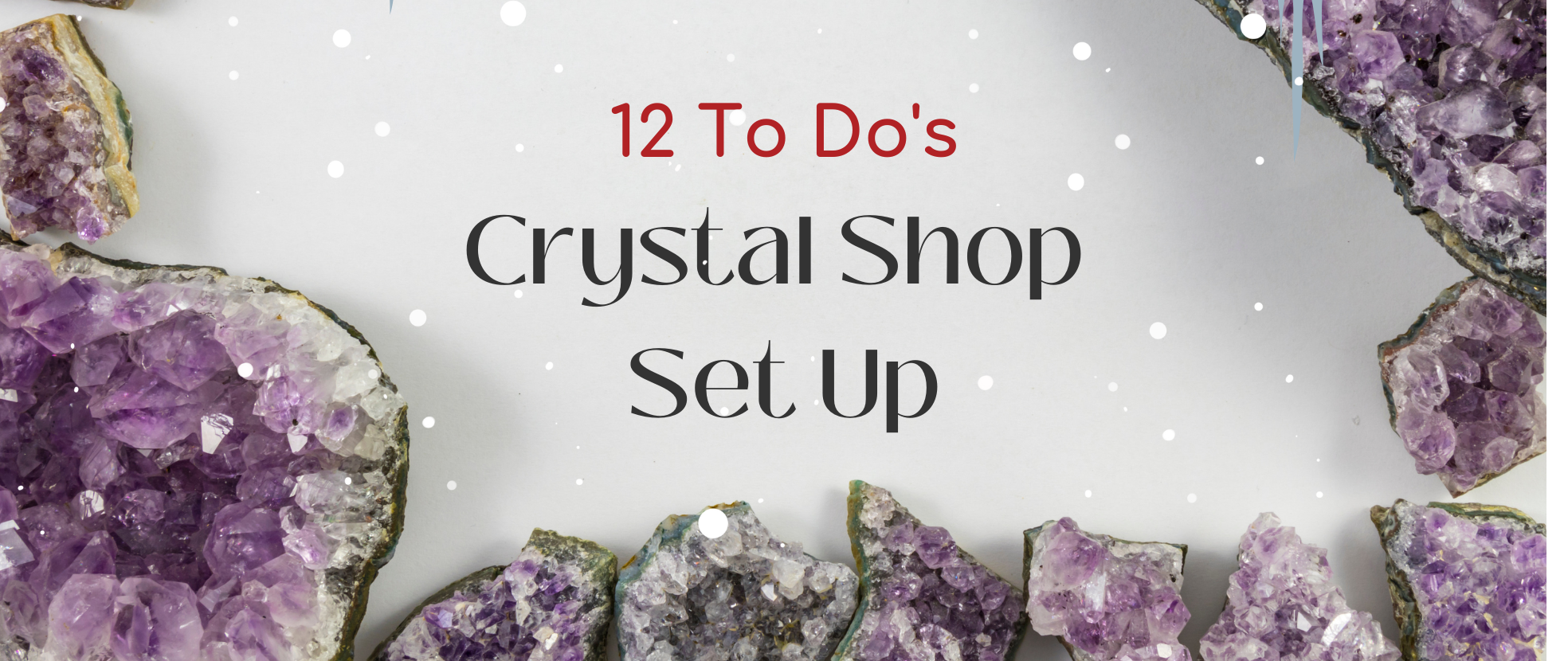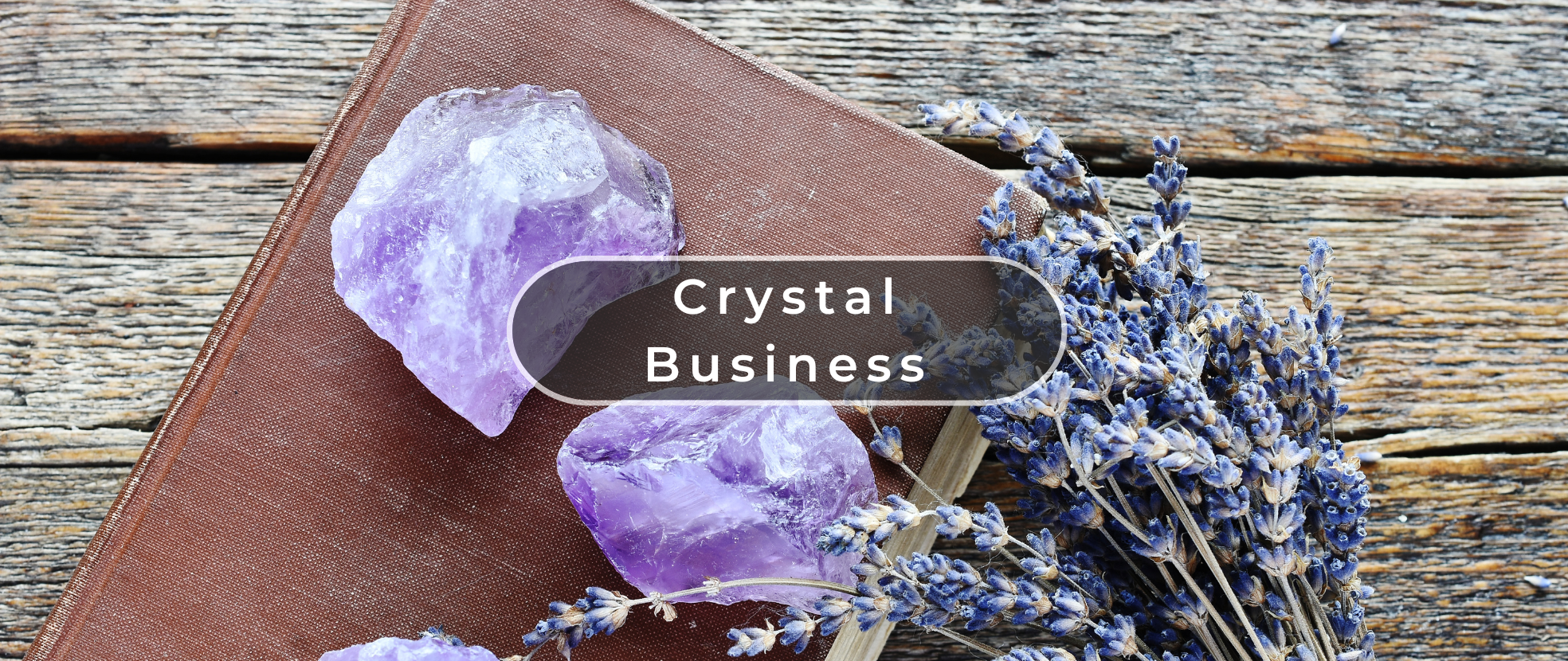Before diving into the fascinating world of amethyst varieties, you might be wondering, "where are amethysts found?" People find amethysts in various parts of the world, from the freezing mines of Thunder Bay in Ontario, Canada, to the tropical regions of Brazil, and the mountainous terrains of Africa. Amethyst is a popular gemstone that comes in different types with distinct features based on where it is found worldwide.
Amethyst, the stunning purple variety of quartz, has captivated human imagination for centuries. Its beautiful hues and metaphysical properties make it a gemstone of choice for collectors and enthusiasts alike. In this blog, we'll see how where amethyst is found affects its traits, answering the common question: "Where are amethysts found?"
Why Amethyst Location Matters
The geological conditions of an amethyst's origin can significantly affect its color, clarity, and overall quality. For example, the iron content and radiation exposure it receives can affect the intensity of its purple color. Thus, knowing where your amethyst comes from offers deeper insight into its unique traits.
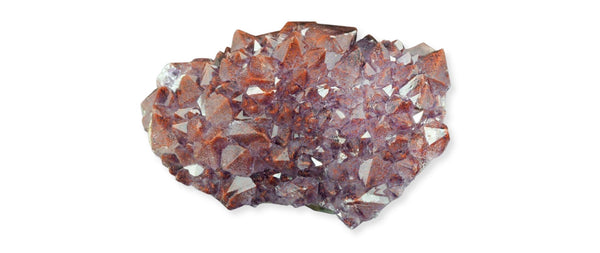
Thunder Bay Amethyst: The Canadian Rarity
Thunder Bay, located in Ontario, Canada, is home to some of the most distinctive amethysts in the world. Unlike the typical amethysts found in places like Brazil or Africa, Thunder Bay Amethysts have unique color variations and often contain red and orange iron oxide inclusions that set them apart from other types.
Unique Characteristics
Thunder Bay Amethyst is not just about its purple hue; it's also about the secondary colors and inclusions that make each piece a one-of-a-kind specimen. The iron oxide inclusions can manifest as minute red or orange flecks or as more extensive veining, depending on the individual specimen. These inclusions add another layer of depth to the stone, making it even more intriguing and highly valued among collectors.
Geographical Context
The geological conditions in Thunder Bay are quite different from other amethyst-producing regions. The colder climate and unique soil composition contribute to the formation of these exceptional stones. The mines in Thunder Bay are primarily open during the summer months due to the harsh winter conditions, making these amethysts somewhat rarer and adding to their allure.
How to Visually Identify
Identifying a Thunder Bay Amethyst is relatively straightforward due to its distinctive characteristics. Look for:
1. A primary purple hue, often enriched with secondary red or orange tones.
2. Iron oxide inclusions that may appear as small flecks or more elaborate veining.
3. Sometimes, you may also find Thunder Bay Amethyst with "phantom" inclusions, which appear as ghost-like figures inside the crystal.
Size and Formation
Thunder Bay Amethysts are often found in geodes or clusters, although individual points are also not uncommon. The size can vary from small, perfect-for-jewelry points to large, decorative clusters that can weigh several pounds.

Brazilian Amethyst: A Spectrum from Soledade to Bahia
Brazil is a big producer of amethyst with large formations and rich colors. The qualities of amethyst are affected by the location where it is found, even within Brazil.
Rio Grande do Sul Amethyst
Soledade in Rio Grande do Sul is famous for making and selling lots of amethysts that are easy to find. These amethysts are commonly found in vugs—small cavities lined with minerals—and they're often used for both jewelry and larger decorative pieces.
How to Visually Identify
Soledade amethysts are generally characterized by a medium to deep purple color, although you may also find lighter shades. These crystals typically show excellent clarity and are often large, suitable for various types of cuts and ornaments.

Bahia's "Sword" Amethyst
A relatively new discovery from the state of Bahia has captivated the mineral community. These amethysts exhibit a unique "sword-like" formation, making them a hot commodity among collectors and enthusiasts. While not as widely available as Soledade amethysts, their striking shape and the intrigue of their recent discovery make them particularly sought-after.
How to Visually Identify
The Bahia "sword" amethysts are easily distinguishable by their elongated, sword-like crystals. They often feature rich, deep purple hues near the tips, gradually fading to a lighter shade or even clear quartz toward the base.

Sugar Amethyst: The Sweet Trend
Sugar Amethyst, primarily found in Brazil, has become increasingly popular due to its unique, granulated appearance.
How to Visually Identify
Sugar Amethyst is characterized by its frosted, granulated surface, composed of numerous tiny, terminated crystals.

Vera Cruz Amethyst: The Translucent Treasure
Vera Cruz Amethysts hail from the Mexican state of Vera Cruz, and they are renowned for their distinct characteristics that set them apart from other varieties. Notably, Vera Cruz Amethysts are often more expensive than their counterparts, owing to their rarity and the unique attributes they possess.
Unique Characteristics
One of the most striking features of Vera Cruz Amethyst is its translucency. Unlike other types that might be deep and saturated in color, Vera Cruz varieties often exhibit a soft lavender or lilac hue that allows more light to pass through, giving them a unique, ethereal quality.
How to Visually Identify
Vera Cruz Amethysts can usually be identified by their lighter shades of purple and relatively higher levels of translucency. While many amethysts from other locations may come in large clusters or geodes, Vera Cruz Amethysts are generally found in smaller sizes and clusters. Their delicate, pointed crystals are another characteristic feature, often resembling a lavender-colored flower when viewed from above.
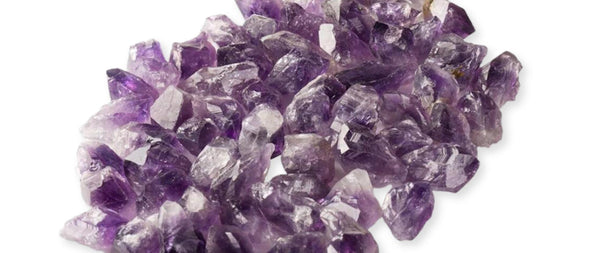
African Amethyst: The Mystique of Brandberg
Africa is another continent rich in amethyst varieties, with countries like Morocco and Zambia offering their unique versions of this captivating gemstone. However, one of the most intriguing amethyst types hails from Brandberg, Namibia.
Brandberg Amethyst
Brandberg amethysts are not just prized for their vivid purple hues but also for the intriguing inclusions and phantoms within the crystals. Named after the Brandberg Mountain, where they are found, these amethysts are often considered some of Africa's finest.
Unique Characteristics
What sets Brandberg amethyst apart is its extraordinary color range and internal structure. It's not uncommon to find Brandberg amethysts with colors transitioning from clear quartz to smoky quartz and finally to a rich purple, all within a single crystal. These specimens can also contain unique "phantom" inclusions, where it appears that smaller crystals are encapsulated within the larger crystal, creating a ghostly effect.
How to Visually Identify
Brandberg amethysts often have complex internal structures that can be seen clearly under good lighting. Their color transitions and phantom inclusions make them distinct. Additionally, these amethysts typically have a more saturated color towards the tip and may exhibit smoky or clear zones, making each crystal a miniature work of art.

Spirit Quartz Amethyst: The Community Crystal
Spirit Quartz Amethyst is a unique and mesmerizing type of amethyst found mainly in South Africa. Known for its multiple, tiny, druzy crystals covering the main quartz point, it’s a crystal that embodies the spirit of community, which is a key to understanding its name.
Unique Characteristics
Spirit Quartz Amethyst is unlike any other type of amethyst, thanks to the myriad small crystals enveloping its surface. These smaller crystals create a shimmering effect that lends the gemstone a magical, ethereal quality.
Origin of the Name
The name "Spirit Quartz" is inspired by the way the smaller crystals envelop the larger, central crystal — much like a community supporting an individual. This is why it is often referred to as the "Community Crystal," symbolizing unity, cooperation, and mutual support.
Geographical Origins
This fascinating variety of amethyst is primarily found in the Magaliesberg Mountain region of South Africa. The geological conditions in this area provide the ideal environment for Spirit Quartz to form, contributing to its unique crystal structure.
How to Visually Identify
Spirit Quartz Amethyst is easily distinguishable by its sparkling, druzy-covered surface. The miniature crystals that envelop the main point give it a distinctive, radiant appearance that is unlike any other amethyst variety.

Chevron Amethyst: The Layered Beauty
Chevron Amethyst, also known as banded amethyst, is another fascinating variety that draws attention for its striking, layered patterns. It is primarily found in Brazil, India, and some parts of Africa.
Unique Characteristics
Chevron Amethyst is known for its beautiful, zig-zag patterns created by the layering of white quartz and amethyst. This striking combination gives the crystal a sense of depth and movement that is captivating to the eye.
How to Visually Identify
Identifying Chevron Amethyst is quite straightforward due to its distinct banding of purple and white. Unlike other varieties that may exhibit a more uniform color, Chevron Amethyst displays a 'V' or zig-zag pattern that is hard to miss.
Size and Formation
One notable difference between Chevron Amethyst and other types is that it is often found in bigger chunks rather than points or smaller clusters. These sizable pieces make it an excellent choice for large decorative items or energy pieces for larger spaces.

Pink Amethyst: The Rosy Gem
Pink Amethyst is primarily found in Argentina and Brazil, captivating hearts with its soft, rosy hue.
How to Visually Identify
This variety is known for its subtle, pale pink color, with smaller geodes typically coming from Argentina and larger chunks from Brazil.

Uruguay Amethyst: The Deep Purple Jewel
Found in Uruguay, this amethyst is known for its deep, rich purple hues, generally darker than its Brazilian counterparts.
How to Visually Identify
A deep purple coloration is the hallmark of Uruguay Amethyst.
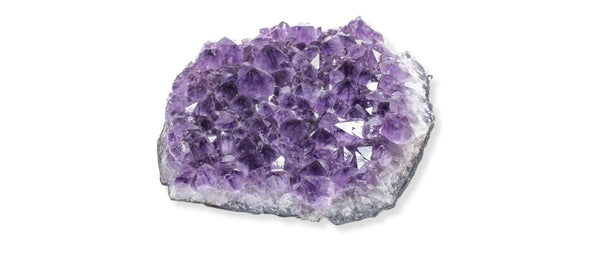
Tips for Identification of Amethyst
1. Color Saturation: More saturated colors often come from specific locations like Brazil or Uruguay.
2. Inclusions: Unique inclusions like red or orange iron oxide are common in Thunder Bay amethyst.
3. Size: Brazilian amethysts are often found in larger sizes, while Vera Cruz and Brandberg varieties are generally smaller.
Conclusion on Amethyst locations
Whether it’s the trending Sugar Amethyst, the translucent Vera Cruz variety, or the unique types from Thunder Bay and Brazil, each type of amethyst offers something special that captivates collectors and enthusiasts alike.

Special Note: The Power of Inclusions - Super 7 and Auralite 23
While our focus is primarily on pure amethyst varieties, it's worth mentioning two exceptional gemstones that have amethyst as their main component but are amplified by the presence of additional minerals. These are known as 'Super 7' and 'Auralite 23.'

Super 7
Also known as 'Melody’s Stone' or 'Sacred Seven,' Super 7 comprises seven different mineral inclusions: Amethyst, Clear Quartz, Smoky Quartz, Cacoxenite, Rutile, Goethite, and Lepidocrocite. The combined vibration of these minerals is thought to bring spiritual enlightenment and healing powers that are greater than amethyst alone.
How to Identify
Look for a dark purple amethyst base that features streaks, flecks, or inclusions of different colors. These additional colors represent the six other minerals.

Auralite 23
Even more complex than Super 7, Auralite 23 consists of 23 different minerals. It is primarily composed of Amethyst, but it also contains a host of other minerals like Titanite, Cacoxenite, Lepidocrocite, and several more. Found mainly in the Lake Superior area, it's often called 'A New Stone of the New Consciousness' because of its high frequency and abundance of metaphysical properties.
How to Identify
Auralite 23 is typically a reddish-brown to purple color, with myriad streaks or layers of other colors and mineral inclusions. These inclusions are often visible as small flecks, lines, or even as more substantial layers within the crystal.
Why They Matter
Super 7 and Auralite 23 are revered both for their complex mineral makeup and their metaphysical properties. They offer a unique, more intensified energy compared to 'regular' amethyst, making them highly desirable among collectors and those interested in the spiritual aspects of crystals and gemstones.





